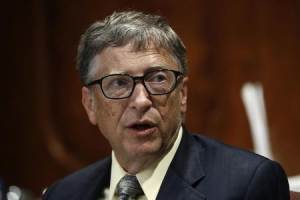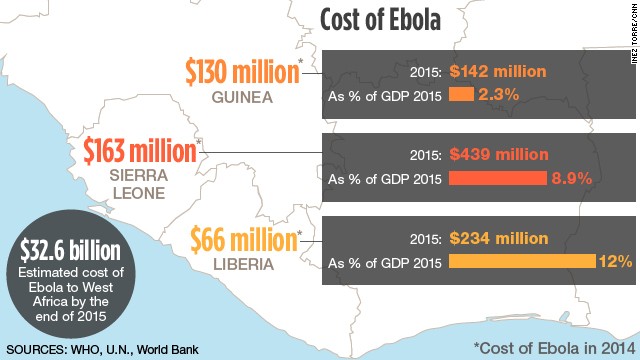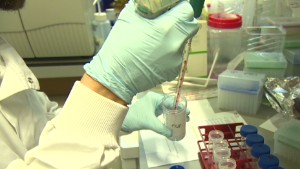By Stella Dawson
WASHINGTON (Thomson Reuters Foundation) - It is impossible to guess whether world leaders have done enough to bring the Ebola epidemic under control, given the risks that it will spread to countries beyond West Africa, the technology billionaire and philanthropist Bill Gates said on Monday.
Countries should get ready to handle a possible outbreak of the deadly hemorrhagic fever in case it spreads further as people from Liberia, Sierra Leone and Guinea move across borders, Gates said at a breakfast meeting sponsored by the newspaper Politico and Bank of America.
“Because of that uncertainty, I am not going to hazard a guess,” Gates said when asked whether he thinks the massive ramping up of international aid over the past few weeks is enough.
The World Bank already has started working with countries on developing plans should the highly infectious disease spread.
The lesson so far is that countries with strong primary healthcare systems already in place are well positioned to halt the march of Ebola, as Nigeria and Senegal have demonstrated in their quick response to cases there, Gates said.
The Bill and Melinda Gates Foundation funneled extra money in July and August towards Nigeria and pledged an additional $50 million on Sept. 10 to fight the epidemic, which so far has infected over 6,000 people mostly in Liberia, Sierra Leone and Guinea.
The World Health Organization warns the infection rate probably is three times that number and could reach 20,000 by November. The death rate is over 50 percent.
To contain the epidemic, the United States on Sept. 16 announced the deployment of 3,000 military engineers and medical personnel to build 17 treatment clinics and train healthcare workers, mostly in Liberia, at a cost of about $1 billion.
The United Kingdom and France also are increasing their assistance and the United Nations has stepped forward to coordinate the international effort.
PRIMARY HEALTHCARE SYSTEMS CRITICAL
The Gates Foundation has deep expertise in fighting infectious diseases, especially malaria, HIV/Aids, polio and tuberculosis, and has invested billions of dollars in developing countries over the past decade. Gates said those efforts have produced tangible results, such as reducing preventable child deaths by half since 1990 and putting the eradication of polio now within grasp.
A byproduct of these disease-specific investments has been the development of a skilled cadre of primary healthcare experts, who can respond quickly to other types of disease outbreaks, he said.
In Nigeria, for example, there is a strong infrastructure of clinics in place from polio vaccine programs. This enabled the country to respond quickly and contain the small number of Ebola cases in Lagos and Port Harcourt that were carried by an infected doctor who traveled there from Liberia.
Rwanda and Ethiopia also have built up strong primary healthcare systems, partly in conjunction with targeted aid programs such as child and maternal healthcare, Gates said.
In contrast, Liberia and Sierra Leone, still recovering from brutal civil wars that left their healthcare systems underfunded, rely heavily on clinics and hospitals run by a network of charities and non-profit groups. Their governments lacked a depth of institutional expertise in healthcare, Gates said.
“If we had had that, this epidemic would have been caught faster,” he said.
Building a healthcare structure in the three countries worst hit by Ebola is critical, otherwise deaths from preventable diseases will quickly outpace those from Ebola, Gates said.
If mothers are afraid to get professional assistance in delivering their babies for fear of contracting Ebola and children cannot get malaria treatments, the long-term impact of the epidemic will be far more damaging, he said
"That will be very tragic, and it won't get the type of attention that Ebola is getting," Gates said.
He estimated that it will take 20 years of donor investment in some African countries to build resilient healthcare systems able to control preventable diseases and manage health crises.
(Reporting by Stella Dawson; Editing by Lisa Anderson)










